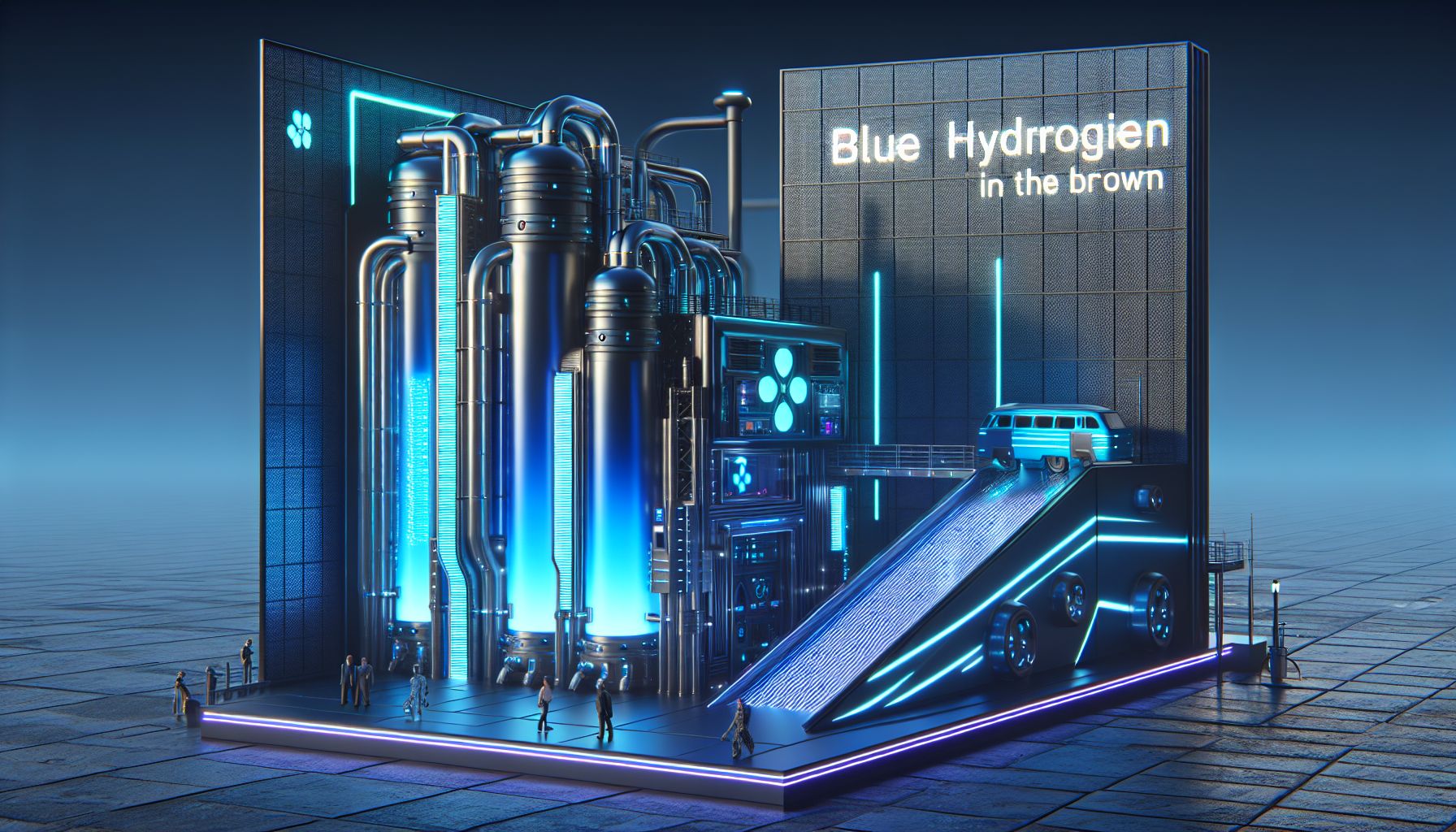Blue Hydrogen Booms with 12% Growth Thanks to Carbon Capture

Global, Thursday, 15 May 2025.
The blue hydrogen market is set for impressive growth with a 12% increase expected by 2032, driven by advanced carbon capture technologies that significantly reduce emissions and interest in cleaner alternatives.
Technological Advancements Power Growth
The blue hydrogen market is on the cusp of remarkable progress. Thanks to cutting-edge carbon capture, utilization, and storage (CCUS) technologies, the industry captures up to 90% of CO2 emissions, making hydrogen production far more environmentally friendly [1]. Not only does this reduce the carbon footprint, but it also aligns with global efforts to curb emissions—making it an attractive option for industries wary of their ecological impact.
Industry Giants and Global Commitment
Major players such as Shell Global and Chevron Corporation are betting big on blue hydrogen. Their investment in joint ventures with CCUS technology demonstrates a commitment to cleaner production methods [1]. In fact, regions like North America are leading market development, taking advantage of incentives such as the U.S. 45Q tax credit and Canada’s clean fuel standards [1]. It’s like a buy-one-get-one deal—where both profit and planet stand to gain.
Regional Blues and Potential Opportunities
Geographically, North America is ahead, benefiting from vast natural gas reserves and supportive policies. Europe isn’t far behind with its ambitious hydrogen strategy and regulatory zeal [1]. Asia-Pacific is playing catchup, with nations like Japan and Korea developing hydrogen hubs in response to industrialisation and energy security needs [1][2]. It’s a worldwide race, and every region wants in on the action.
Applications and Demand Drivers
As governments and industries face pressure to curb emissions, blue hydrogen is emerging as a solution across various sectors, including refining, power generation, and even steel manufacturing [1]. What’s more, forecasts estimate the market will balloon to US$ 51.90 billion by 2025 [1]—a serious showing of muscle in clean energy potential.
Future and Challenges
Despite the optimism, challenges remain. Advocates hail blue hydrogen’s low emissions, but critics point out issues like methane leakage during production [5]. However, rising investment in technology and policy support could be the wind in its sails.